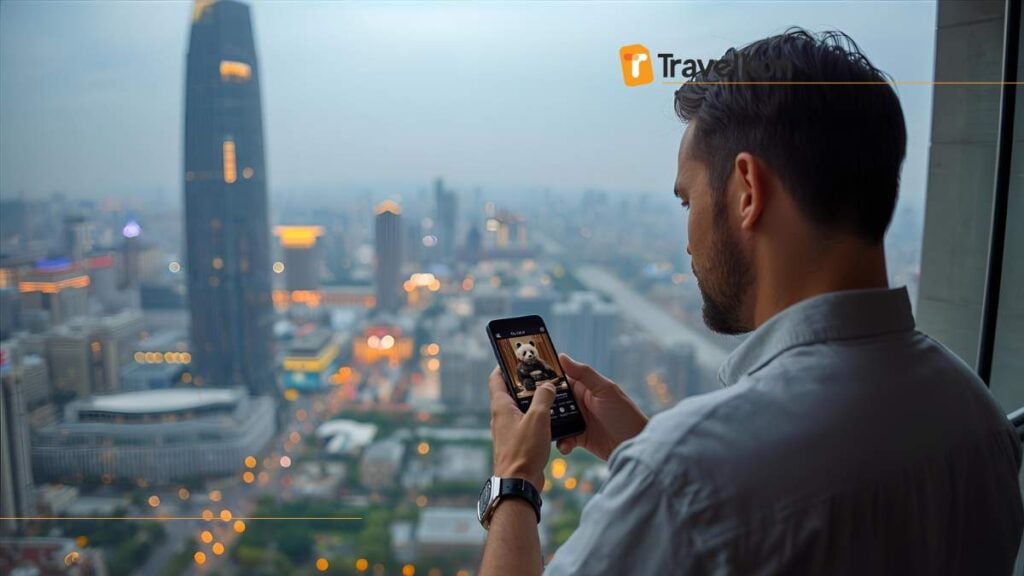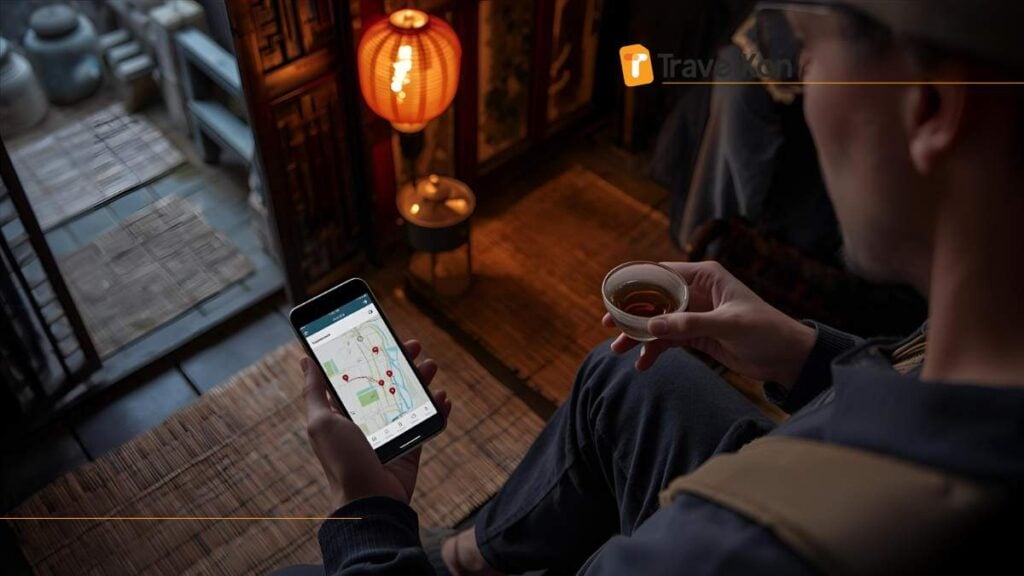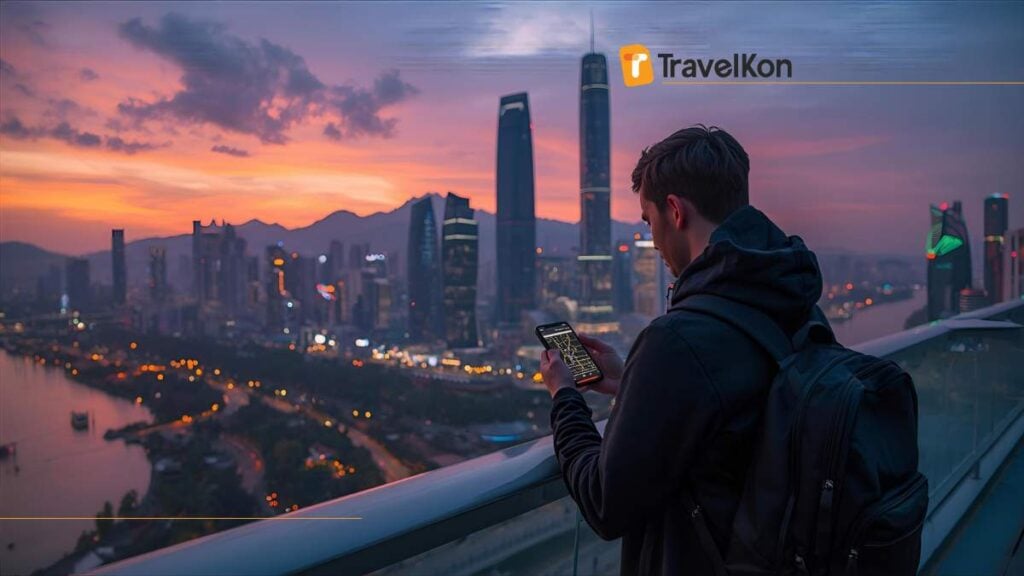Cheap China eSIM Data Plans and Top China Cities to Visit
Exploring the top China cities to visit offers an incredible journey through ancient history and modern innovation. From the bustling streets of Shanghai to the historic walls of Beijing, China’s diverse urban landscapes promise unforgettable adventures for every traveller. Staying connected with affordable data ensures you can navigate, translate, and share your experiences seamlessly throughout your journey. China’s tourism sector has seen remarkable growth, with international visitor numbers increasing by over 13% annually according to recent tourism reports. This surge highlights the importance of reliable connectivity solutions for modern travellers exploring China’s vast destinations . Cheap China eSIM Data Plans Getting connected in China has never been easier or more affordable with prepaid China eSIM options designed specifically for international visitors. These digital SIM solutions eliminate the hassle of physical cards and offer instant activation upon arrival, ensuring you’re online from the moment you land. With data plans starting from just a few dollars per day, travellers can enjoy seamless connectivity without breaking the bank. Before diving into China’s incredible cities, securing your eSIM China ensures you’ll have maps, translation apps, and booking platforms at your fingertips throughout your adventure. Beijing: Imperial Majesty Meets Modern Marvels Beijing stands as China’s political and cultural heart, where ancient imperial grandeur coexists with cutting-edge architecture and technology. The city offers visitors an unparalleled glimpse into China’s rich history while showcasing its rapid modernisation through stunning urban development projects. Walking through Beijing feels like traversing time itself, with each neighbourhood revealing different chapters of China’s fascinating story. The perfect blend of ancient wonders and modern conveniences makes Beijing an essential starting point for any China adventure. Shanghai: Where East Meets West in Spectacular Fashion Shanghai dazzles visitors with its futuristic skyline, historic European architecture, and vibrant cultural scene that represents China’s economic powerhouse. This cosmopolitan metropolis offers world-class dining, shopping, and entertainment options alongside traditional neighbourhoods that have survived centuries of change. The city’s energy is contagious, with something new and exciting happening around every corner. From its historic waterfront to its soaring skyscrapers, Shanghai offers a visual feast that captures China’s rapid transformation. Xi’an: Ancient Capital with Terracotta Warriors Xi’an serves as a living museum of Chinese civilisation, boasting over 3,000 years of history and serving as the eastern terminus of the ancient Silk Road. This former imperial capital offers visitors an extraordinary journey through China’s dynastic past, with well-preserved city walls and countless historical treasures. The city’s rich cultural heritage provides a fascinating contrast to China’s modern metropolises. Xi’an’s archaeological wonders and living traditions offer an immersive experience into China’s imperial past that shouldn’t be missed. Chengdu: Pandas, Spice, and Sichuan Charm Chengdu captivates visitors with its laid-back atmosphere, incredible cuisine, and the opportunity to see China’s beloved giant pandas in their natural habitat. This capital of Sichuan province perfectly balances urban development with traditional tea culture and natural beauty. The city’s relaxed pace of life provides a refreshing contrast to China’s faster-paced eastern metropolises. The combination of adorable pandas, mouth-watering cuisine, and rich cultural heritage makes Chengdu a favourite among international visitors. Guangzhou: Culinary Capital of Southern China Guangzhou stands as China’s culinary capital and a gateway to the Pearl River Delta’s economic powerhouse. This historic trading port offers visitors an incredible food scene, colonial architecture, and modern shopping districts that showcase southern China’s unique character. The city’s subtropical climate and waterfront location add to its appeal as a year-round destination. From its historic trading heritage to its modern culinary innovations, Guangzhou offers visitors a taste of authentic southern Chinese culture. Hangzhou: Serene Lakes and Digital Innovation Hangzhou enchants visitors with its breathtaking West Lake scenery, ancient temples, and status as China’s Silicon Valley. This perfect blend of natural beauty and technological advancement makes Hangzhou one of China’s most liveable and visitable cities. The city’s harmonious balance between tradition and innovation creates an atmosphere that’s both peaceful and exciting. The combination of UNESCO-listed landscapes and cutting-edge technology makes Hangzhou a must-visit destination for the modern traveller. Suzhou: Venice of the East with Classical Gardens Suzhou mesmerises visitors with its intricate network of canals, UNESCO-listed classical gardens, and perfectly preserved ancient townscapes. Often called the “Venice of the East,” this water town showcases China’s sophisticated garden design and architectural heritage spanning over 2,500 years. The city’s commitment to preserving its cultural heritage while embracing modern development creates a uniquely harmonious atmosphere. The city’s masterful blend of water, architecture, and garden design offers visitors a glimpse into China’s artistic soul. Kunming: Spring City’s Eternal Blooms Kunming welcomes visitors with its year-round spring-like climate, diverse ethnic cultures, and stunning natural landscapes in China’s southwestern Yunnan province. This gateway to Southeast Asia offers a more relaxed pace of life and incredible biodiversity that sets it apart from China’s eastern cities. The city’s mild weather and multicultural atmosphere make it an ideal destination for nature lovers and cultural explorers alike. Kunming’s eternal spring climate and rich cultural tapestry offer visitors a refreshing perspective on China’s incredible diversity.
Cheap China eSIM Data Plans and Top China Cities to Visit Read More »








